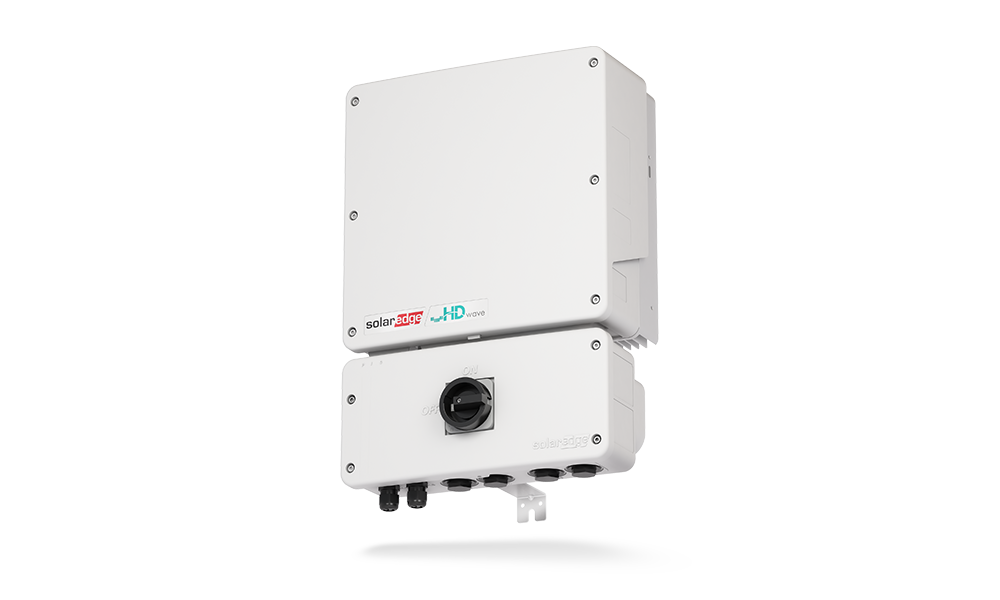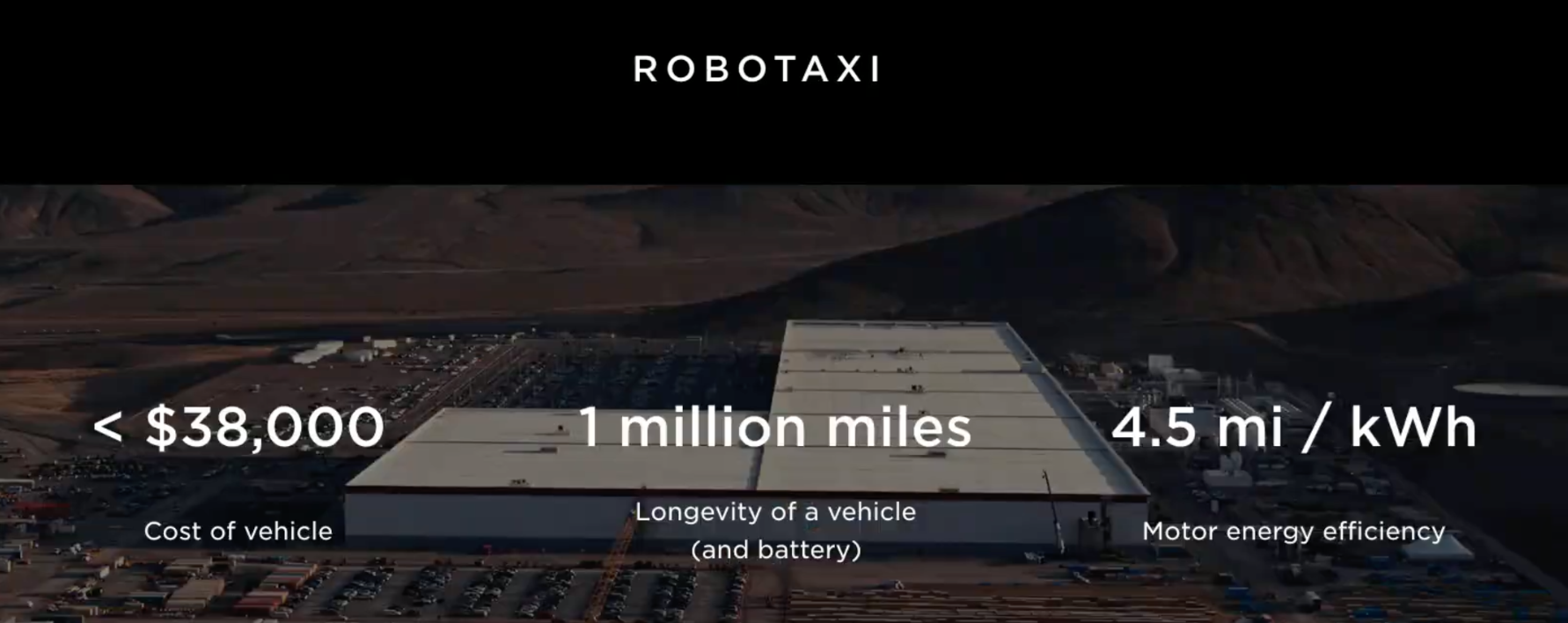Support CleanTechnica’s work through a Substack subscription or on Stripe.
Air pollution produced by gas and diesel vehicles is a bit tricky because sometimes we see it in the form of smog and smoke coming from tailpipes or bus or tractor-trailer stacks, but we don’t see most of it because it isn’t visible to the naked eye.
One of the worst offenders, particulate matter, is too small for us to see. It’s there when we don’t detect it with our unaided senses. The tiniest particulate matter particles can actually stay suspended in air for weeks, though again, we can’t see them with our eyes, so we may assume the air is clean when it isn’t. “The smaller particles are lighter and they stay in the air longer and travel farther. PM 10 (big) particles can stay in the air for minutes or hours while PM2.5 (small) particles can stay in the air for days or weeks. And travel distance? PM 10 particles can travel as little as 100 yards or as much as 30 miles. PM 2.5 particles go even farther; many hundreds of miles.”
The smallest particles can hang in the air for weeks and travel hundreds of miles from their point of origin. Gas and diesel vehicles emit them in their exhaust.
We have written a lot about the toxic effects of such fossil-fuel based air pollution because they are severe. Such air pollution is not only about the environment, though there is a heavy emphasis in news reporting on carbon emissions because of climate change. Many of the news articles overlook how toxic air pollution is to people.
It harms human health in many ways; now a new study points to a link between air pollution and breast cancer. “Women living in parts of the United States with lower air quality, especially neighborhoods with heavy emissions from motor vehicles, are more likely to develop breast cancer, according to a multiyear analysis involving more than 400,000 women and 28,000 breast cancer cases.”
Particulate matter, unsurprisingly, was involved in this situation. “Irvin and collaborators also found that a 5-microgram-per-cubic-meter rise in the concentration of fine particulate matter, known as PM 2.5, was associated with a higher incidence of hormone receptor-negative breast cancer. Cancer cells lacking receptors for the sex hormones estrogen and progesterone are generally harder to treat and more deadly.”
Particulate matter is not the only toxic substance found in gas and diesel vehicle exhaust, as nitrogen dioxide (NO2), sulfur dioxide (SO2) and ozone are harmful as well. “The scientists found that a 10-parts-per-billion increase in nitrogen dioxide concentrations in the air equated to a 3% increase in overall breast cancer incidence; nitrogen dioxide is a proxy for pollution from car traffic, Irvin said, and based on the estimated 316,950 cases of female breast cancer expected to be diagnosed in the United States this year, a 3% reduction would mean 9,500 fewer cases.”
One of the researchers noted that policies need to change to clean up the air, reduce traffic, and support alternative transportation. Fully electric vehicles, not plug-in hybrids, have no direct emissions because they don’t burn any fossil fuels themselves. Neither do e-bikes or electric motorcycles. Fully electric city buses and school buses also do not generate direct toxic emissions, and neither do fully electric trains.
If we the people wait for politicians to make clean air laws, we might be waiting so long nothing much improves, or some bought-off politicians will simply eliminate the clean air laws to support fossil fuel-based industries. What we see now in the US at the federal level is an example of prioritizing fossil fuel profits over public health and the environment.
Some breast cancer cases progress to fatalities. “An estimated 42,170 U.S. women will die from breast cancer in 2025.” Something important is at stake — air pollution is not just a nuisance.
When I interviewed the American Lung Association about their research and report, the solution was clear, it is clean electricity combined with fully electric zero emissions vehicles. “The report includes a target of 100% zero-emission new passenger vehicle sales by 2035, coupled with non-combustion electricity generation. Cumulatively, the health benefits shown through our modeling of this scenario hit nearly 90,000 premature deaths avoided because the air pollution from these sources will be greatly reduced, though not eliminated fully. We used a series of modeling tools to arrive at these results, and for the health benefits specifically, we used the US EPA’s COBRA model for health benefits analysis.”
I was surprised that the wearing of appropriately selected face masks was not mentioned as some measure of protection against air pollution. “Based on current research, some face masks do reduce a person’s exposure to pollution particles 2.5 micrometers in diameter. But before buying one it’s important to consider the quality of the filter, the number of filter layers, how long the mask will last, and how well the mask fits your face.”
Sign up for CleanTechnica’s Weekly Substack for Zach and Scott’s in-depth analyses and high level summaries, sign up for our daily newsletter, and follow us on Google News!
Have a tip for CleanTechnica? Want to advertise? Want to suggest a guest for our CleanTech Talk podcast? Contact us here.
Sign up for our daily newsletter for 15 new cleantech stories a day. Or sign up for our weekly one on top stories of the week if daily is too frequent.
CleanTechnica uses affiliate links. See our policy here.
CleanTechnica’s Comment Policy




